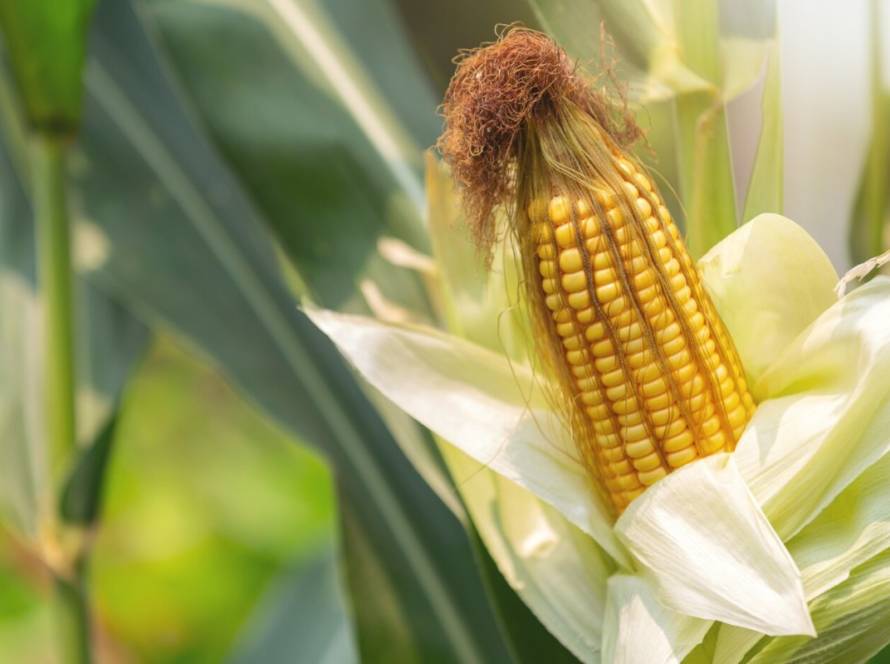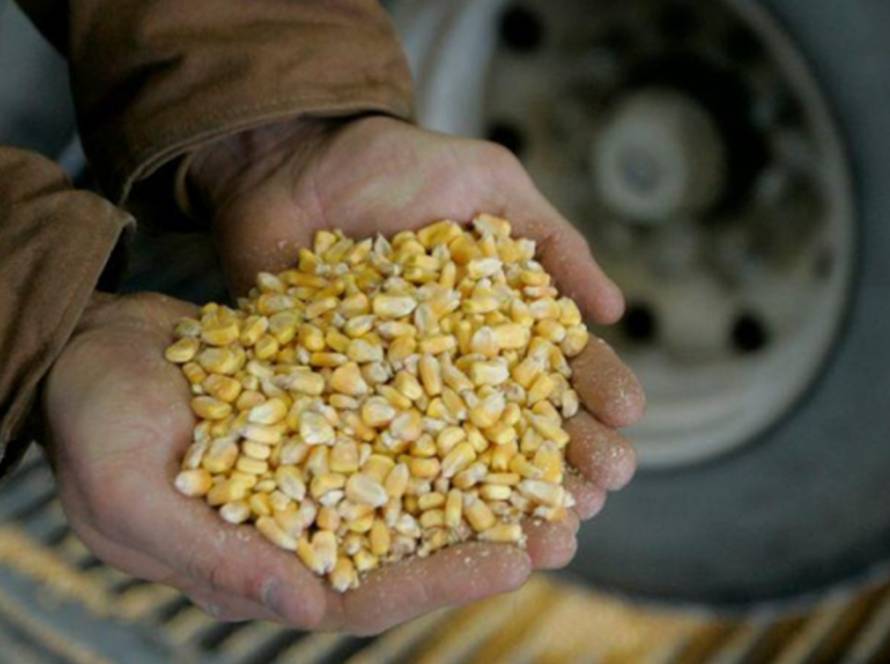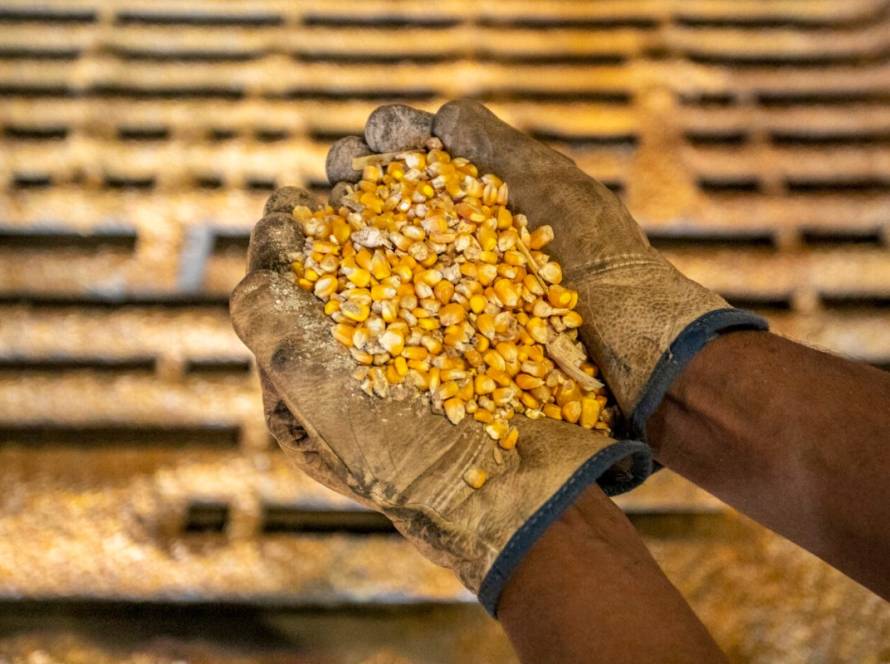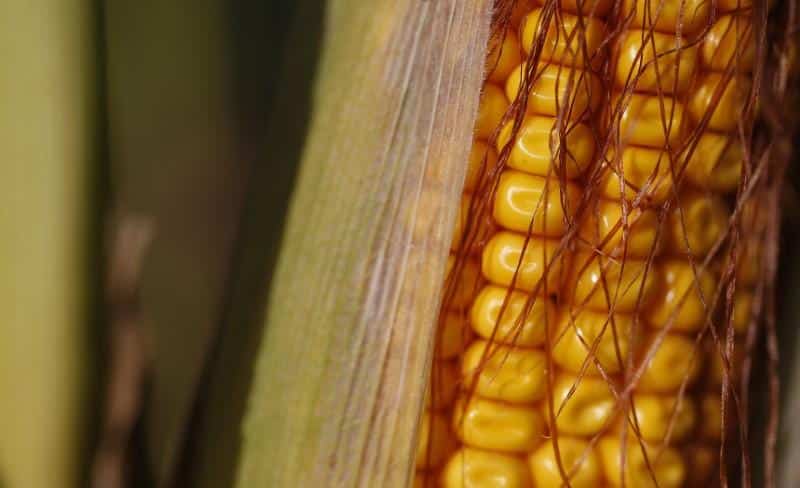August marks the peak of the second corn harvest in Brazil, the so-called safrinha (short-crop), a crucial stage for farmers' cash flow and profitability. According to the Brazilian Institute of Geography and Statistics (IBGE), corn production is expected to reach 101.2 million tons in 2025, an increase of 14.81 metric tons compared to the previous year, driven by favorable weather and a larger planted area.
 The total grain production forecast for the 2024/25 cycle is 339.6 million tons, according to the National Supply Company (CONAB), a record volume. Foreign trade performance is also maintained: Brazilian agribusiness exported US$1.5 billion in the first half of 2025, practically stable compared to the same period last year (-0.21 million tons), according to data from the Ministry of Agriculture and Livestock (MAPA).
The total grain production forecast for the 2024/25 cycle is 339.6 million tons, according to the National Supply Company (CONAB), a record volume. Foreign trade performance is also maintained: Brazilian agribusiness exported US$1.5 billion in the first half of 2025, practically stable compared to the same period last year (-0.21 million tons), according to data from the Ministry of Agriculture and Livestock (MAPA).
While credit is essential at all stages of production, it becomes even more strategic in periods like these, when producers need to balance income, expenses, and new investments.
The IBGE (Brazilian Institute of Geography and Statistics) projects that the area to be harvested in 2025 will exceed 81.2 million hectares, an increase of 2.7% compared to the previous year. Mato Grosso continues to lead grain production in the country, with 31.5% of the total, followed by Paraná, Goiás, and Rio Grande do Sul. Despite the positive outlook, the sector still faces challenges, such as the high cost of inputs and commodity prices.





